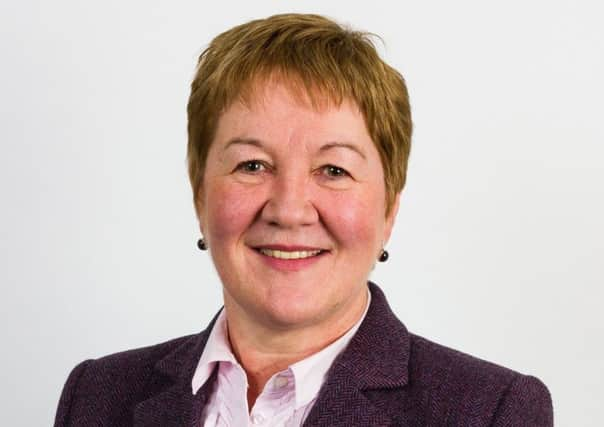Theresa Fyffe: Primary care nurses are being stretched to the limit


However, the survey also highlights a number of challenges facing the workforce. Rising nurse numbers conceal the pressures of increasing vacancies and an ageing workforce – with more than half of nurses working in GP practices aged 50 years or over.
This raises questions about the plans in place to mitigate the impact of a significant portion of the nursing workforce reaching retirement and the already high vacancy rates in community nursing.
Advertisement
Hide AdAdvertisement
Hide AdThe Scottish Government will only deliver on the reduction in GP workload – as set out in the new GP contract – by addressing the recruitment and retention challenges across all aspects of the primary care workforce. The Scottish Government also needs to be clear on the definition of primary care – the information published in the survey reflects the position in GP practices and out-of-hours services – so the survey does not cover the entire breadth of primary care.
In 2016, RCN Scotland teamed up with several other professional organisations representing clinical staff to agree what we mean by ‘primary care’ and to set out shared principles which we believe should underpin the future for people in Scottish communities who need the support and expertise of generalist clinical staff 24 hours a day, seven days a week.
Primary care needs to encompass the wide-range of services working with GPs, in particular the district nursing teams.
In recent months, I’ve visited community nursing teams across Scotland, seeing first-hand the pressures that nurses and health care support workers in our communities are under.
The commitment and dedication of these teams is clear. But equally clear is their frustration when a lack of resources leaves them unable to provide the quality of care they would like. They are stretched to the limit, constantly being asked to do more with less. Many of the hospital capacity issues we have seen over the winter months are a symptom of a lack of resources in the community.
These could have been minimised if nursing teams had the staff they need. A well-resourced, 24/7 district nursing team can prevent hospital admission and help those in hospital return home safely and quickly.
With a district nursing vacancy rate of more than four per cent and the financial pressures on integration authorities, this must be addressed.
District nursing teams, advanced nurse practitioners and practice nurses are essential to the success of primary care services as part of the wider multidisciplinary team.
Advertisement
Hide AdAdvertisement
Hide AdWhile there is recognition of the important role nursing plays, a clear commitment to invest in education, training and posts for our community nursing teams now needs to follow.
Primary care services in Scotland are facing radical transformation – and change is clearly needed.
The significant workforce challenges must be addressed robustly, realistically and rapidly if patients are to get the care that they need now and in the future.
The primary care workforce plan due for publication shortly is the Scottish Government’s opportunity to set out this commitment and make it a reality.
Theresa Fyffe is director of the Royal College of Nursing Scotland
